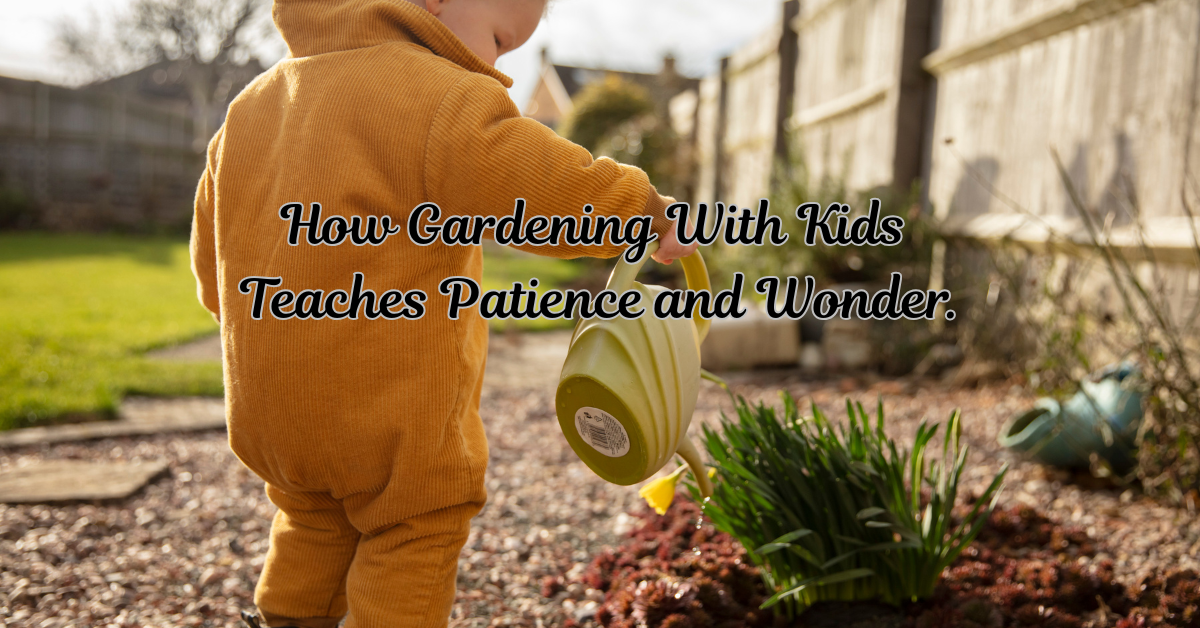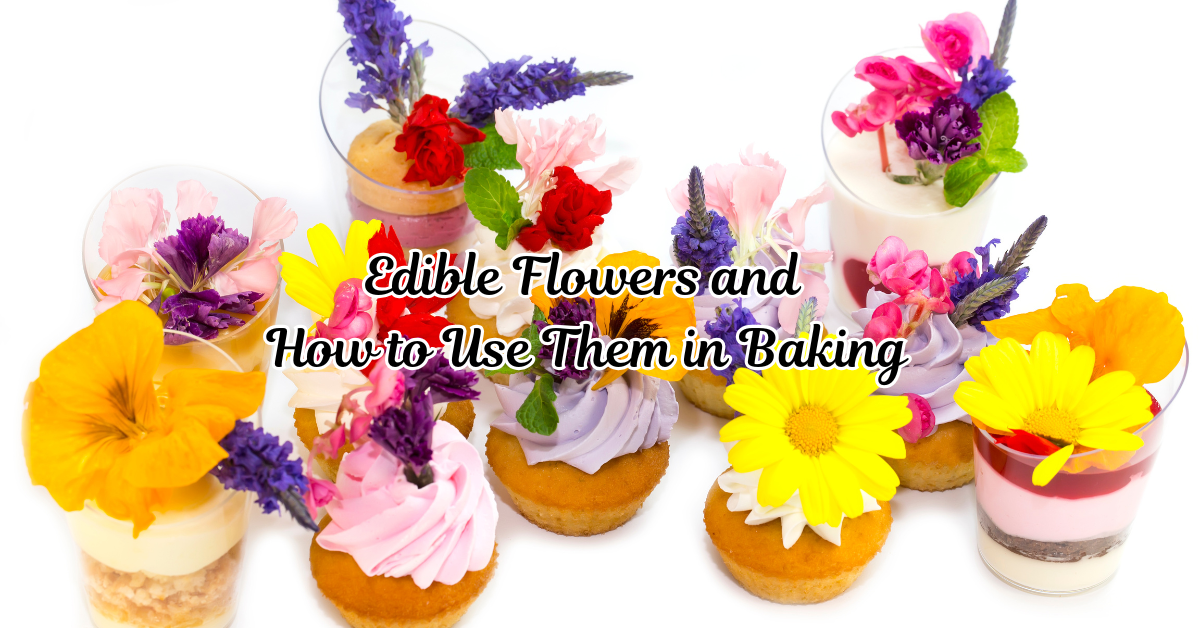There’s a quiet magic that happens in a garden alive with bees.
It starts softly — the gentle hum of wings in the lavender, a butterfly drifting across the marigolds, a hummingbird sipping from a trumpet vine. It’s subtle, almost invisible, unless you’re paying attention. But once you do, you realize: the garden is not just yours. It’s part of something bigger. It’s part of an entire living system.
In recent years, many of us have felt a growing desire to give back to the land — to not only grow beautiful things, but to grow responsibly. And few acts of stewardship are as meaningful, accessible, and vital as creating a pollinator-friendly garden.
Whether you have a sprawling yard, a modest patch of soil, or a few pots on a patio, your space can become a sanctuary for bees, butterflies, hummingbirds, and more. My favorite raised garden beds are these. They are galvanized and have stood up to Montana weather beautifully!
These small creatures play a huge role in our food systems, ecosystems, and even the success of your vegetable patch.
Ready to begin? Let’s dive into the gentle, joyful process of turning your garden into a pollinator paradise.
This post may contain affiliate links, which means I may earn a small commission if you choose to make a purchase—at no extra cost to you. I only share products I truly love and believe will add value to your life. Thank you for supporting this cozy corner of the internet!
What Is a Pollinator Garden?
A pollinator garden is a space intentionally designed to support pollinating insects and birds. This includes bees (both native and honeybees), butterflies, moths, beetles, hummingbirds, and even bats in some regions.
Pollinators help plants reproduce by moving pollen from flower to flower — and in doing so, they ensure the growth of fruits, vegetables, and seeds. Without them, over 75% of flowering plants (including a third of our food crops) would struggle to survive.
Creating a pollinator-friendly garden is about inviting these creatures in — and offering them what they need to thrive: food, shelter, water, and safety.
1. Start with Native Plants
The most important step in creating a pollinator garden is choosing native plants — those that naturally grow in your region and have co-evolved with local pollinators.
Why natives?
- They provide the right kind of nectar and pollen for your local bees and butterflies
- They’re better adapted to your climate and soil
- They require less maintenance, water, and fertilizer
- They bloom at times that align with local pollinator activity
Every region has its own set of superstar native plants. You can often find them at local nurseries, native plant sales, or through your cooperative extension office.
Some examples of widely loved native pollinator plants in North America:
- Milkweed (Asclepias spp.): Essential for monarch butterflies
- Purple Coneflower (Echinacea purpurea): Beloved by bees and butterflies
- Bee Balm (Monarda): Hummingbird magnet
- Black-eyed Susan (Rudbeckia): Hardy and nectar-rich
- Goldenrod (Solidago): Late-season food source
Try to include a variety of plants that bloom from early spring to late fall, so pollinators always have something to eat.
2. Embrace Diversity
Diversity is your greatest tool when building a thriving pollinator habitat.
Aim for at least 10–15 different plant species in your garden, with a mix of:
- Colors: Bees love blue, purple, and yellow; hummingbirds are drawn to red
- Shapes: Tubular flowers for hummingbirds, flat landing pads for butterflies
- Heights and textures: Layering plants provides shelter and micro-habitats
- Bloom times: Early-bloomers help emerging bees, while late-bloomers feed fall migrants
If space is tight, even a few different varieties planted in clusters will make a difference. Pollinators prefer large groups of the same flower — it makes foraging more efficient and helps them return again and again.
3. Skip the Pesticides
This is non-negotiable: pesticides, herbicides, and synthetic fertilizers are extremely harmful to pollinators.
Even products labeled as “organic” can still affect beneficial insects if applied at the wrong time. Many pesticides linger in pollen and nectar, causing neurological damage to bees and butterflies.
Instead:
- Build healthy soil with compost and mulch
- Remove pests by hand or introduce natural predators (like ladybugs)
- Choose pest-resistant native plants
- Accept a little imperfection — a holey leaf is part of a thriving ecosystem
Your garden doesn’t have to be pristine. It just has to be alive.
4. Provide Shelter and Nesting Spaces
Pollinators need more than just flowers — they also need places to live, nest, and hide from predators.
Some tips for creating safe habitats:
- Leave some bare soil: 70% of native bees are ground-nesters
- Add logs, branches, or small brush piles for solitary bees and beetles
- Leave last season’s stems standing until spring; many bees overwinter inside them
- Install a bee hotel for solitary species like mason bees (but clean it yearly)
- Avoid over-mulching — too much coverage can deter ground-nesting insects
In short, let your garden be a little wild around the edges. That’s where the magic happens.
5. Add a Water Source
All living things need water — even bees and butterflies.
But pollinators can’t land on or drink from deep birdbaths or ponds. They need shallow water sources with safe places to perch.
Here’s how to add water:
- Fill a shallow dish or saucer with water
- Add pebbles, stones, or marbles so insects can land and sip safely
- Change the water regularly to avoid mosquitoes
- Consider a drip or slow fountain — moving water attracts more visitors
Even something as simple as a damp sponge tucked into a shady corner can help.
6. Avoid Double-Flowered Varieties
Those lush, ruffled blooms you see at big-box stores? They may be pretty, but they’re often useless to pollinators.
Double flowers have been bred for aesthetics, not function — often at the expense of nectar and pollen. The dense petals make it difficult (or impossible) for pollinators to access food.
Stick with single-flower varieties with open centers and visible stamens. They’re easier to forage from and packed with the resources pollinators need.
7. Garden with the Seasons
Pollinators are active from the first warm days of spring through the final golden weeks of autumn. Your garden should reflect that rhythm.
In early spring, offer:
- Crocus
- Columbine
- Wild violets
- Lupine
In midsummer, bring on:
- Bee balm
- Coneflowers
- Coreopsis
- Zinnias
And in the fall:
- Goldenrod
- Asters
- Sedum
- Sunflowers
Let your garden transition naturally through the seasons, and you’ll provide a lifeline all year long.
8. Add a Few Edibles
Yes — you can grow food and feed the bees.
In fact, many kitchen garden favorites are excellent pollinator plants. Consider:
- Chives and flowering herbs (let some go to flower!)
- Squash and zucchini
- Strawberries
- Tomatoes and peppers (especially with borage or basil nearby)
- Dill and fennel (great for caterpillars)
Just don’t harvest everything. Let a few plants flower and bolt for the pollinators to enjoy.
9. Reduce Your Lawn
Lawns may look tidy, but to pollinators, they’re a food desert.
Even reducing a small patch of lawn to create a flower border, native wildflower strip, or clover meadow can dramatically increase the biodiversity in your yard.
If you’re not ready to say goodbye to your lawn completely, consider:
- Replacing some grass with low-growing clover
- Planting wildflowers along the edges
- Mowing less frequently to allow small flowers to bloom
It’s not about being perfect — it’s about rebalancing priorities and creating pockets of possibility.
10. Watch, Learn, and Enjoy
Once your pollinator garden begins to bloom, something beautiful happens: your garden becomes alive in a new way.
You’ll notice which flowers the bees love best, what time of day the butterflies arrive, how hummingbirds hover at the edge of the cosmos. It’s a relationship that deepens over time.
Keep a garden journal. Take photos. Teach your kids the names of your garden guests. Create a little stillness each day to simply watch what you’ve nurtured.
Because in tending a garden for pollinators, you’re not just giving — you’re receiving.
You’re reconnecting with the wildness at your doorstep.
You’re healing a little patch of the planet — and your own heart along with it.
Final Thoughts: A Garden with Purpose
In a world where so much feels out of our control, creating a pollinator-friendly garden is an act of hope.
It’s small, it’s local, and it’s tangible.
It says: “You belong here.” Not just to the bees and butterflies — but to you, too.
So whether you start with a single pot of lavender or an entire backyard full of blooms, know that you’re part of something much bigger. You’re part of a movement rooted in beauty, balance, and belonging.
Now go outside. Dig your hands in the soil. Plant with purpose. And listen for the hum of gratitude in return.
What are you planting for the pollinators this season? I’d love to hear your garden stories — tag me @bloombatterblog or leave a comment below. Let’s keep growing good things, together. 🐝🌸






Thank you for all these tips! My husband and I are searching for our first home right now and we both want to plant a pollinator garden when we move in!
Good luck on your house hunt! That’s so exciting!
This is exactly what I am busy with!! Removing lawn and replacing with native species to create pollinator habitat! Very informative post and so useful! Thank you!